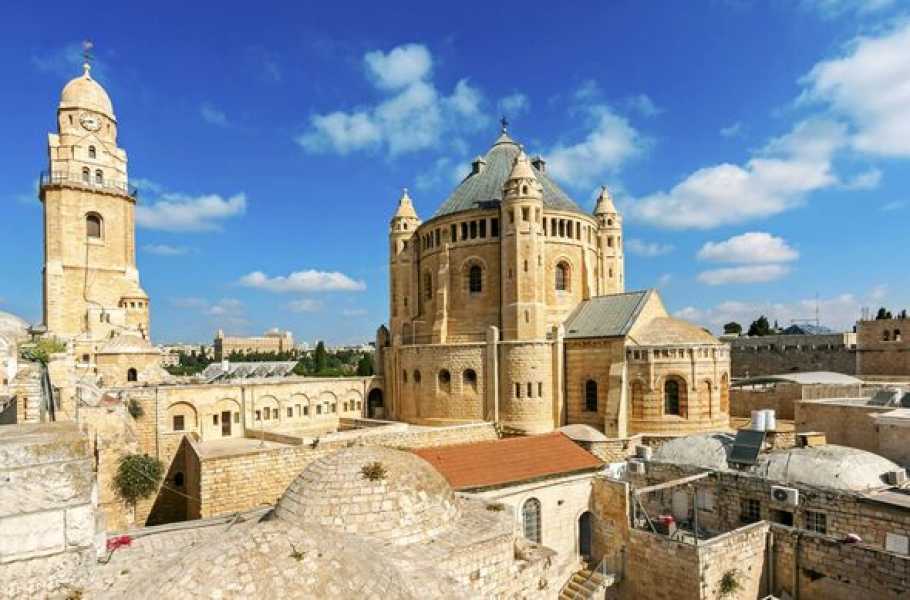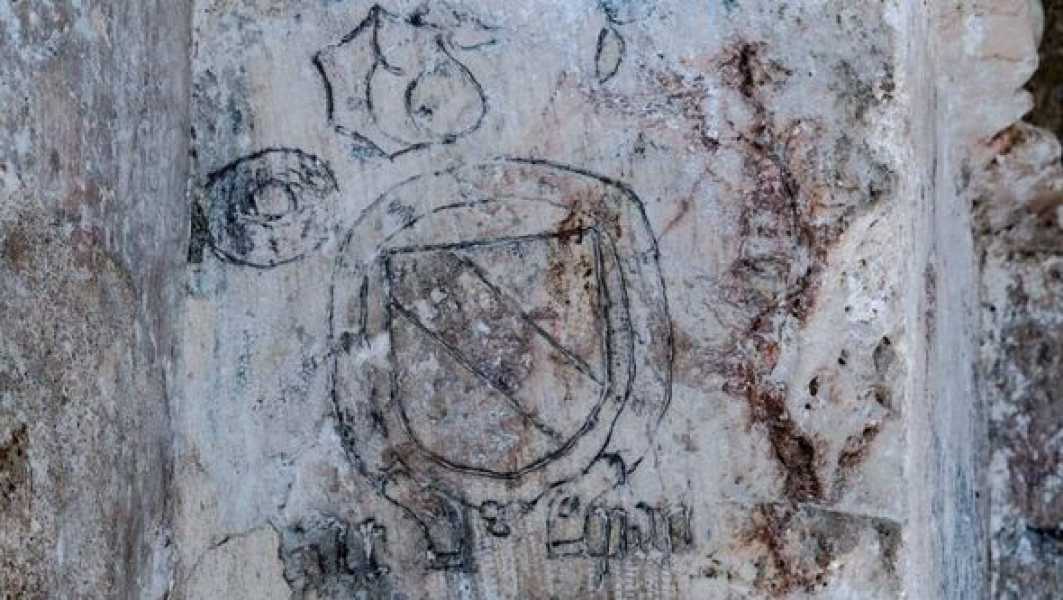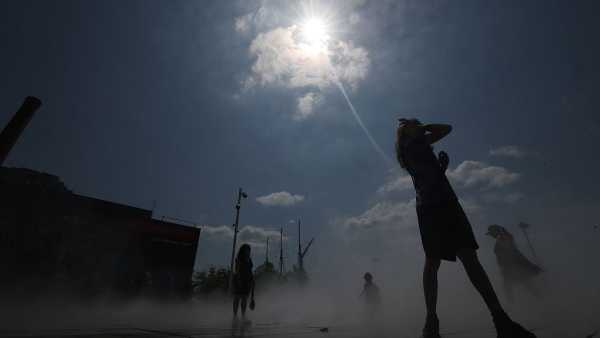The inscriptions, recently published in Liber Annuus, include 30 texts and nine images on the walls of the Last Supper room.

Researchers have discovered ancient inscriptions dating back hundreds of years at the site of Jesus Christ's Last Supper with his disciples before his Crucifixion and Resurrection.
A team of scientists from the Austrian Academy of Sciences and the Israel Antiquities Authority recently published their findings in Liber Annuus, finding 30 inscriptions and nine images on the walls of the iconic room.
Article continues below ADVERTISEMENT
The discovery was made possible by the use of modern technologies, including ground penetrating radar, laser measurements and 3D scanning, which allowed the team to create a detailed model of the room and even penetrate the ancient stones.
Situated on Mount Zion in Jerusalem, the site is of significant historical and religious significance, and new finds provide a unique glimpse into its fascinating past.
Archaeologist Amit Ray noted that the team was able to thoroughly explore the room despite its worn surfaces and poor lighting, which had previously hampered their work, Mirror US reports.

Reem explained: “Using ground penetrating radar, laser measurements, laser scanning and advanced photographic technology, we were able to explore every corner of the Last Supper room. We were able to create an accurate 3D model of the site. We were even able to walk through ancient stones.”
According to Reem, modern technology has made it possible to identify ancient works of art and religious symbols on the walls of the historic site, such as the Lion of Judah and Agnus Dei – symbols representing Jesus.
Recent discoveries of medieval inscriptions provide researchers with a new perspective on the diversity of visitors to this significant site.
According to Fox News, the latest inscriptions were carefully analyzed using multispectral photography and reflectance transformation imaging (RTI), and further lab analysis produced legible texts.

“These graffiti highlight the geographical diversity and international pilgrimage movement to Jerusalem in the Middle Ages,” Ilya Berkovich of the Austrian Academy of Sciences told Scinexx.
The study's findings suggest that Christians from various regions made pilgrimages to the site from the 14th to the 16th centuries, leaving messages in their native languages.
As Archaeology News points out, one of the inscriptions likely belongs to a Christian woman from Aleppo, while another mentions Johannes Poloner of Regensburg, Germany, who described his pilgrimage to Jerusalem in 1421–22.
Nobles and knights, including the Styrian nobleman Tristram von Teuffenbach and the Swiss knight Adrian I von Bubenberg, left their mark on this historic site, with inscriptions dating back to their travels with the royal family in the 15th century.
SUBSCRIBE Invalid email address
We use your registration to deliver content in ways you have consented to and to improve our understanding of you. This may include advertising from us and third parties based on our understanding. You can unsubscribe at any time. Read our Privacy Policy
Researchers also found an interesting Armenian inscription reading “Christmas 1300,” suggesting a connection to Armenian nobility and supporting the theory that King Hethum II of Armenia visited Jerusalem after his victory in Syria on December 22, 1299, the Jerusalem Post reported.
Berkovich commented in a press release: “Taken together, the inscriptions provide a unique insight into the geographical origins of the pilgrims,” adding: “It was far more diverse than modern Western scholarly thinking has suggested.”
In addition, a sketch of a scorpion found in the room is believed to date back to the time when Muslim leader Suleiman the Magnificent converted the Last Supper into a mosque in 1523. Berkovich noted that these findings change our understanding of the diversity of the Last Supper's attendees.
Sourse: www.express.co.uk





